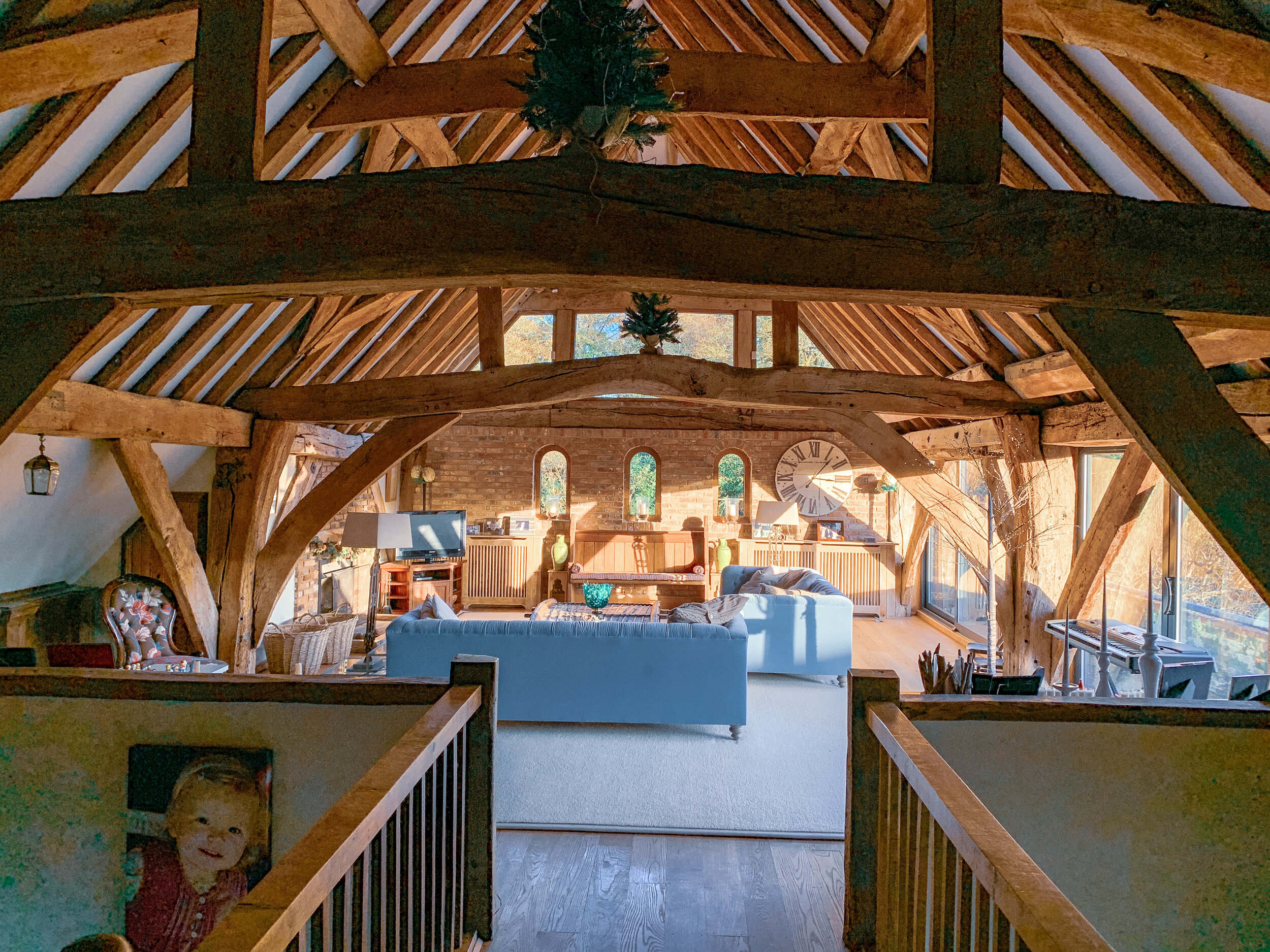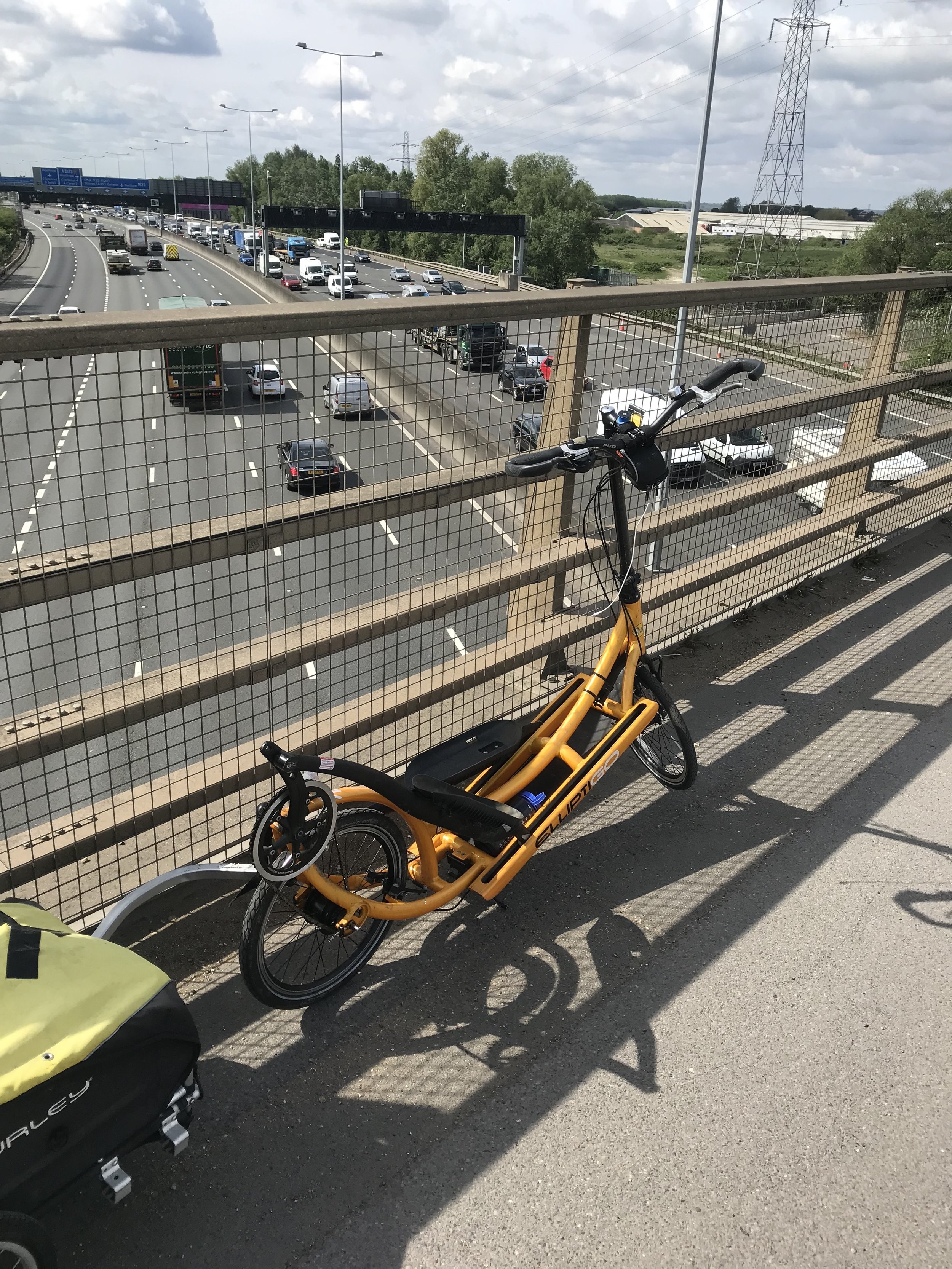I read somewhere recently that if you’re not hating what you’re doing most of the time, then it’s a holiday, not an adventure. And I thought, “WELL, WHAT A SILLY NOTION.”
When I embarked on my first adventure I didn’t have a career or a lifetime vocation in mind, I was simply seeking a change of direction. And yep, it wasn’t easy a lot of the time, but the very reason I carried on doing this stuff was because it filled me with life, with lessons, with joy. Adventure for me sticks with the old school definition of heading off to a place unknown and pushing physical and mental limits, and that process coupled with being outside, fit and healthy and moving daily was ever so fulfilling. Directed by a purpose which in many cases was to meet people and eventually make it to a place far off across the the map.
Conjuring up an idea, making it real and enjoying the fruits of the labour gave me a sense of being alive that nothing else had before.
When you hate something most of the time, it’s not worth continuing for long. But living an experimental life and turning those seedling ideas into something tangible: it gave me a slow burning thrill, to honour the dreamworld inside my head. I wanted - no, needed - to keep doing new things that offered a new perspective, and slowly I realised that as personal as the choice for an adventure was, it had a little impact on some of the people I met.
Those first couple of years I weened myself off the ways I knew how to make money, designing crap websites mainly. Every job I took made me hate myself and temporarily destroyed the motivation I had to get off the wheel. But the money kept me going for another month or two so I continued, but bit by bit started to say “no”. Then one day…
I got a book deal.
And then someone asked me to write an article for a magazine.
And I got invited to a school to talk about skateboarding across Australia.
Three new ways to make an income, three indicators that there was money in this. Not much, certainly at the beginning, and these opportunities definitely didn’t come a knockin’ every day. But they came because I had a story now, and I figured that if I carried on doing these really random things that I loved - which you can read as just being true to who I was and who I wanted to be - then my story would grow and hopefully become more interesting, and the opportunities would appear more and more.
And that’s when I thought that maybe I could make a living from this stuff one day.
Values
Values, values, values. The only foundation to build on. It took me a long time to work mine out but I was pretty sure of a few things early on. One, I wasn’t going to get rich making a living from adventure but that was ok, because a wealthy life isn’t dependent on coin.
It’s not what you earn, it’s what you don’t spend. So, I spent barely anything. For a decade I found places to sleep for free - sofas, spare rooms, parks, the space between two trees. I didn’t eat out. None of those desperate takeaway coffees. Peanut butter sandwiches.
Everything I needed fit into a rucksack, so if I bought something it would have to be worth carrying. Everything I spent was an investment. A new camera. A laptop. A hard drive. A train or plane ticket to begin a new road. Absolutely everything I spent had an end goal which I knew would lead to opportunity.
I taught myself the skills that otherwise I’d have to pay someone else for. Designing websites. Writing copy. Taking photos. Editing film. Making podcasts. Scripting press releases. Saved me money, taught me new skills, kept me humble.
My trips were super cheap, cheaper than living in one place and paying rent. I couldn’t bear the idea of renting a place and then still paying that rent even though I was away, even for a night. So travelling and camping on those nights I wasn’t invited into someone’s home was the cheapest way I knew how to live, while at the same time each day added to my story.
I cut out useless from my life and this stretched out the pennies. I knew how many books I had to sell to afford a meal or a plane ticket.
I also knew that I had to serve an apprenticeship. I felt like I needed to earn that .com after my name. I didn’t feel I was good enough to ask for money in return for speaking in public. Between 2007 and 2010 I gave over 200 talks for free at schools and small companies. It was training. Sometimes they gave me travel money and I was really, really grateful.
And then one day someone offered me a fee that covered over three months of living and the best thing: I felt I deserved it.
And the next week I got a message from a company that made dry bags, asking if I’d be that company’s Outdoor Champion for a year. What they said was the most impactful line a sponsor ever sent me. “We’d like to give you £1000 and some gear to help you along the way. And we don’t want you to change a thing, just keep on being the person you are.” *
And that’s when I started making a living from adventure.
Variety
Making an abnormal living is not easy. The pressure of an income can kill a passion. Don’t limit yourself, no human is a one trick pony.
Think about how you can combine your skills and personality with travel and adventure and don't be afraid to consider the parts of your adventurous life that you really enjoy. I always thought that if I was going to create my own living from adventure then it would be stupid to make it from the worst bits!
Work hard. I was endlessly tenacious and every waking moment of every day was dedicated to living the life I wanted. For so long I craved a nest where I could just leave some stuff, a haven with guaranteed wifi rather than wandering the streets for a new cafe with a dark corner where I could work without buying anything or being caught skimping.
Each day I wrote a bit, developed my website, told everyone I met what I did in the hope that eventually they’d remember me when they were in a position to recommend a speaker or a writer.
For the first four years I took every bit of work I could, whether it filled me with joy or not. Every action is practice and I improved with each talk, article, workshop and media interview. The sense of improvement or even dealing with one of those car-crash presentations brought its own satisfaction. Even if it’s not great at the time, ultimately the crap pays off.
And most importantly, I continually lived on adventures and took on self-set social projects. If it interested me then I figured it might interest my audience. Whether it was paddleboarding the Mississippi or finding 50 ways to make £50, I’d set out my stall and this was the line I was living.
Each year I gave myself one or two new skills that I could earn from. At last count, 14 years on from quitting my last job, I have 18 different forms of income, five or six of them are regular, the others are choice or opportunity. When one becomes tiring I switch it off for a while, just to let the passion grow again.
Ignore temptation
I used to bear deep jealousy in those early days, watching suited crowds spill out of their city offices at rush hour, each one of them with a pay check in their pocket.
But I knew I had one thing that they didn’t; time. As much as I wanted more money, I wasn’t willing to give up the way I spent my days.
You choose certainty, or hope. Sew in a hard focus with hope and you’re not going to fail.
Lazy people don’t become successful entrepreneurs or freelancers. After a while it’s too hard.
But if you give up, if you stop working, if you make a decision contrary to your values and accept a paying job that you know wont’ make you feel good, the train stops for a while.
The knock knock knock of bills will always twist a head. If you can go a week without worrying about money you’re doing well. But every time a decision is made just for money that process of shaping the life you want gets a little harder. I always imagined that every time I ignored that temptation and turned down some money on behalf of my value set, then an extra link was added to my chainmail. I got tougher, even a little prouder of myself.
You have to believe and know that if you keep doing what you’re supposed to be doing then the opportunity will come.
And even then, even now, fourteen years on and 60 to 80 speaking gigs a year later, I still look over my shoulder, wondering what will happen when people stop asking me to come and speak to their businesses, communities, companies, employees. What happens if speaking stops being a thing? After all, now it’s my main income stream. I have a home now, I have to pay rent. So what if I don’t get another invite?
Then, Dave, you’ll make more films. Or write another book. Or hold another workshop about making films with a smartphone. Or. Or. Or.
The options are there, and that’s the alternative framework for making a living as a freelancer, whether it’s as an adventurer or something else. Life at its best is about creating options, not as fallbacks, but as parallel solutions to the other stuff you mostly enjoy doing.
And yep, you still gotta spend some time on the spreadsheets. Still gotta do taxes. Still gotta deal with idiots and internet trolls and real life trolls. Still gotta deal with the anxiety of not having enough money sometimes. Still gotta deal with the stuff you once enjoyed but now know you have to iron out of your life.
But it’s helpful having to cope with the downwards arrows. Each one of the things that you don’t enjoy doing reminds you of things you do, and if it’s worth the effort of a couple of hours in the dirt, then you know where your values lie, you know that you’re spending your time well, and you know, most importantly, that there’s always another road to take if the dirt starts to become too frequent.
IDENTITY
Who are you and what do you stand for?
I wear two main hats on my identity rack. Expedition1000, the adventure stuff, and SayYesMore, the community side of things. Until 2012 I kept SayYesMore to myself, as a reminder that I couldn’t get lazy and that there were a million doors out there that wouldn’t be answered with a no.
It feels good knowing who I am. I loved that sense of identity that Expedition1000 gave me when I finally conjured up a lifelong mission in 2010, even after I’d completed two of a proposed twenty-five different thousand-plus mile journeys. I had something to look forward to, a ladder to climb, a painting to create.
And SayYesMore led to the YesTribe, a largely voluntary movement which is kind of based on how I think a decent life should be lived. For so long I didn’t know where to find a community of people who would appreciate a zany idea, or sleeping outside, or happily chat about things like mental health with people they didn’t really know. So I created that community and it’s undoubtedly a central part of my life and identity. Possibly too much so at the moment, because that call of more adventures is getting stronger and stronger.
Time to listen to the heart. And this is probably a good time to share my final advice.
Tell people what you do. Make life easy for people to help you out. Offer yourself up. Always be willing to see value beyond money. Be a lifetime apprentice and if you can, help others on their apprenticeship, too.
Know what you’re not good at and find a workaround, whether that’s outsourcing your weaknesses or just doing something else. Be protective of your time and invest your money, don’t just spend it. Shout out about the good work of other people (this is what social media should really be for). Give yourself regular time away from screens and the internet. It’s more productive and this is where you learn to listen to yourself.
And remember, there’s no hurry so don’t rush, you’ll see less along the way if you do.
*I’ll always be grateful to Tim Turnbull and Aquapac for this.

























































